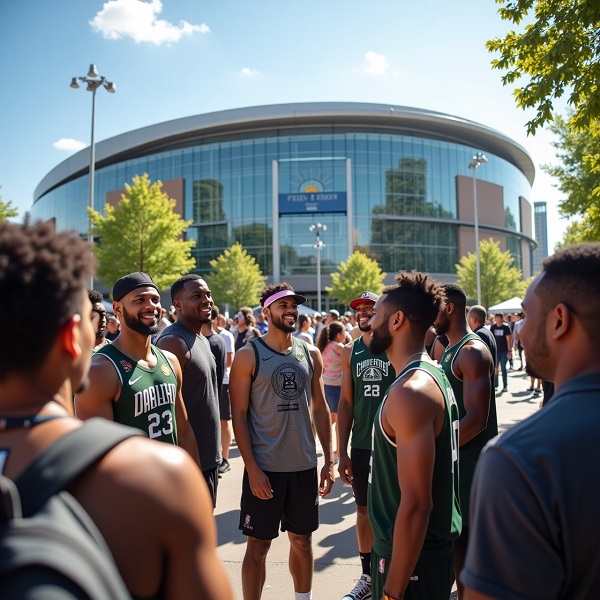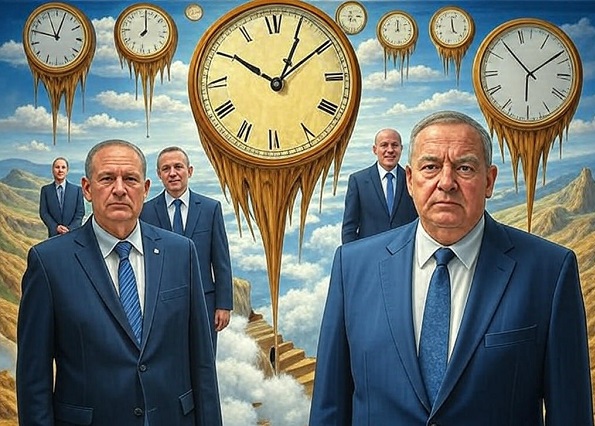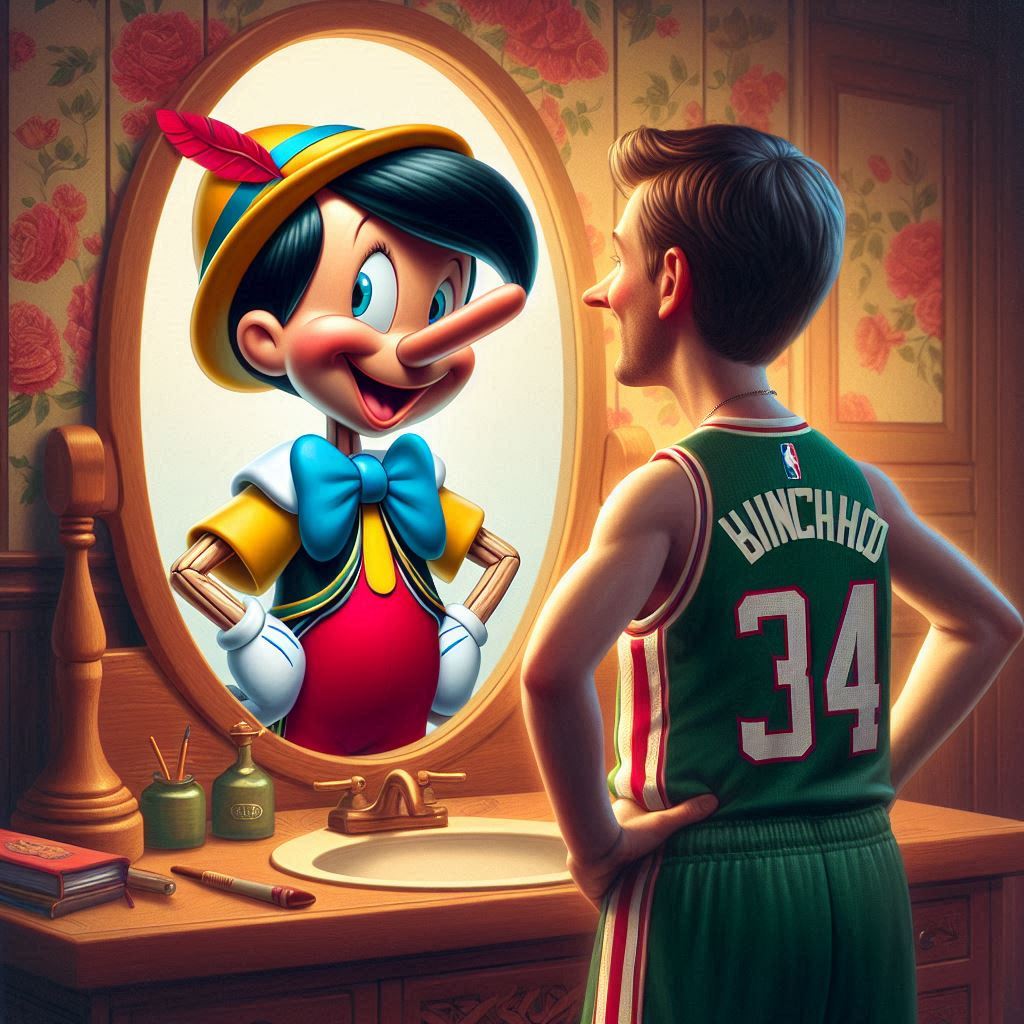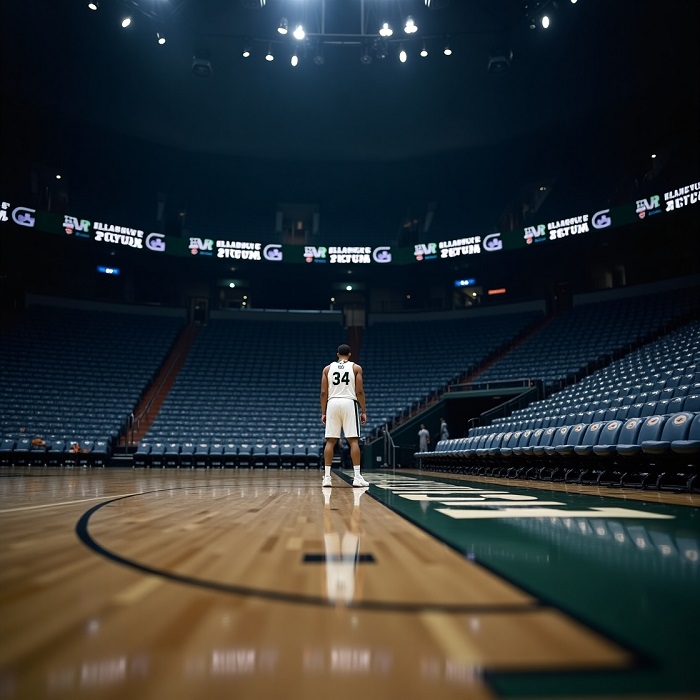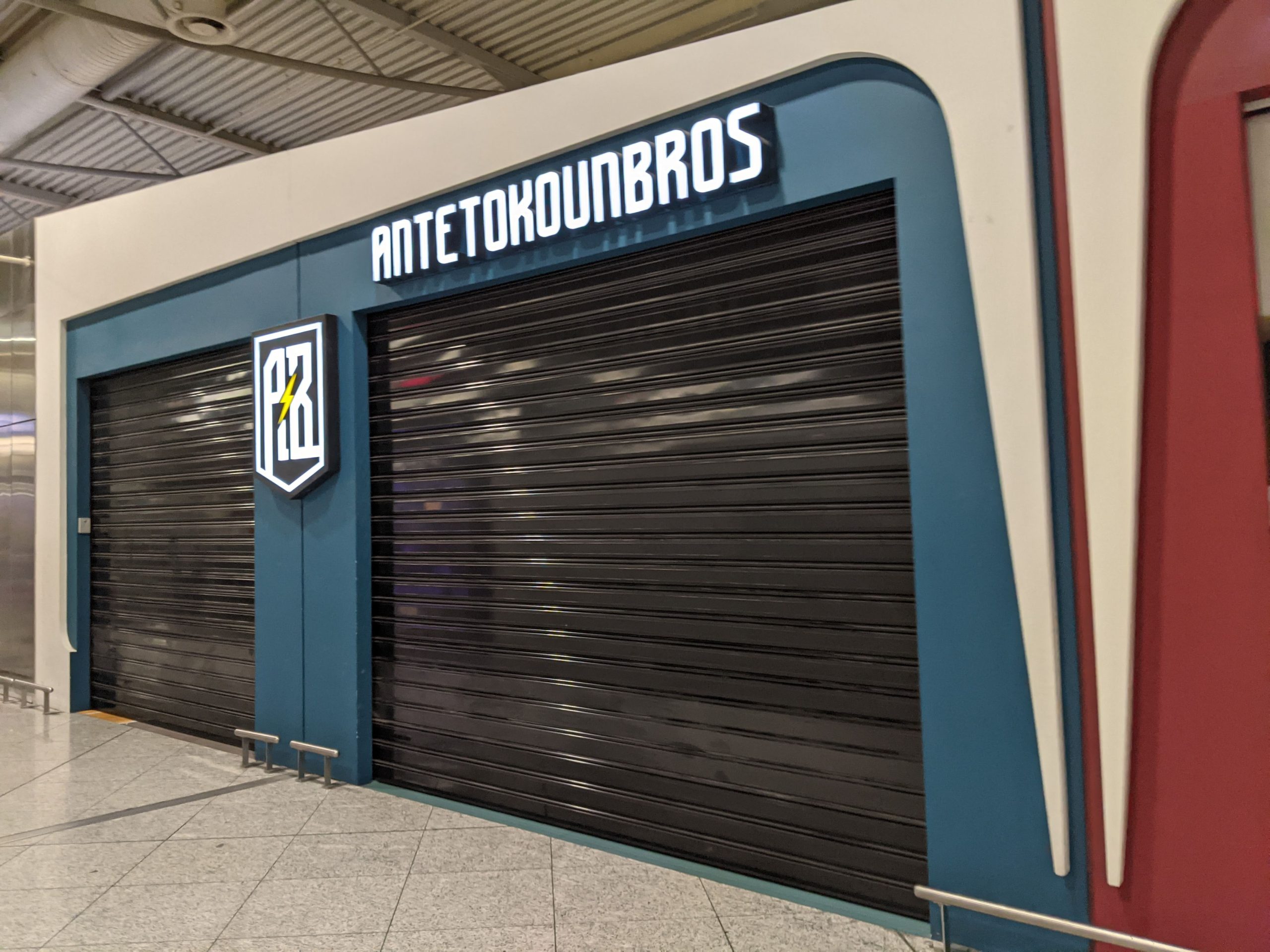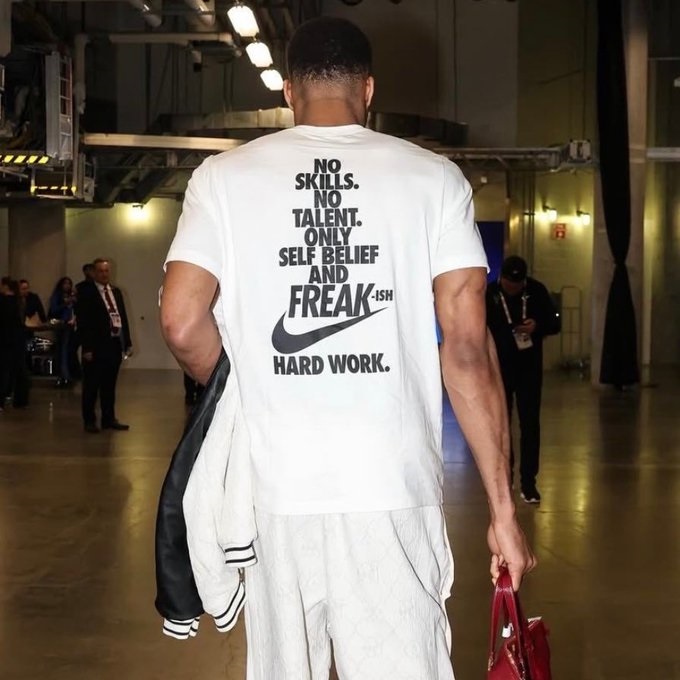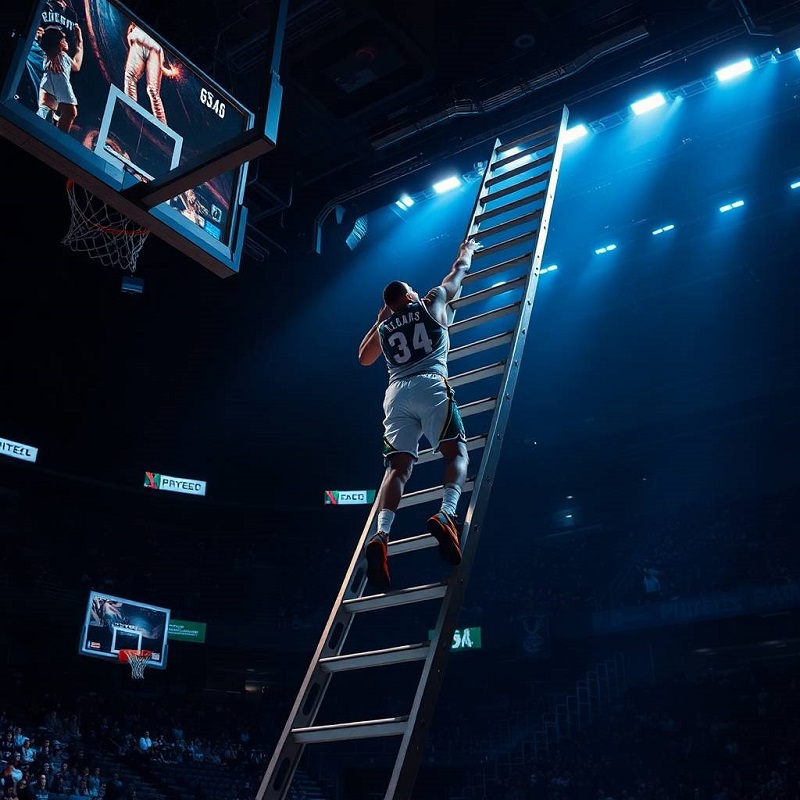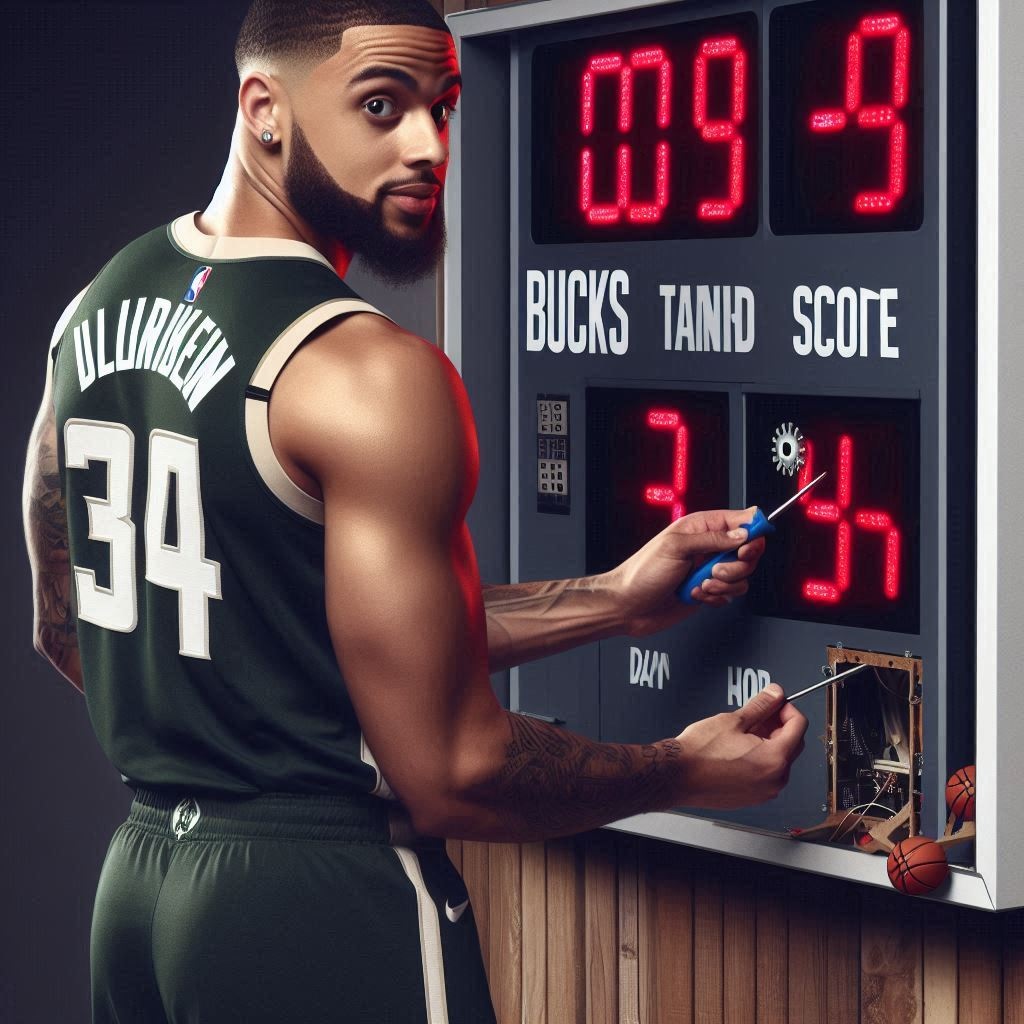Some former teammates have described Giannis as “tough to play with,” citing his high standards and occasional trust issues with teammates. John Henson noted that Giannis and Khris Middleton “butted heads” as Middleton had to earn Giannis’ trust, and that Giannis’ approach is challenging for some players to adjust to. This is not uncommon among superstar-led teams, where the franchise is built around one transcendent talent but Giannis is particularly limited in skill set and basketball IQ. I am not the only arguing that his style of play is out of touch with modern NBA basketball.
Giannis’ style used to be predicated on relentless effort, two-way play, and a focus on team defence and hustle. In the past years he has clearly toned down his defence though, focusing on points/assists and rebound statistics. This has shaped the Bucks’ roster construction, often favouring players who are willing to buy into a team-first, Giannis-oriented mentality over ball-dominant stars. This means that the Bucks are not the ideal destination for certain types of superstars, but have consistently attracted role players and two-way contributors who don’t mind never been in the limelight and putting up with Giannis‘ selfish stat padding.
The Bucks’ organisation is known for its lack of drama and its commitment to a collective culture. Players who embrace this culture—such as Jrue Holiday and Brook Lopez—have flourished one day and then received hate the next. In the long term it seems nice but it is a toxic and unwelcoming environment as the fans demand more rings unfairly. The pinnacle? Giannis saying he “did it the right way” and thus demoting his team as “not superstars”. The ultimate put down to the roster that got him there.
The Giannis Playstyle: A Double-Edged Sword for Teammates
Giannis’s unique, drive-heavy, rim-attacking style used to be incredibly effective. He still seems to get to the basket at will in the regular season, drawing fouls and creating opportunities. However, this very strength can become a challenge for complementary players.
- Spacing Concerns: Giannis thrives with open lanes to the basket. This often necessitates surrounding him with multiple high-volume three-point shooters. For players who prefer to operate in the mid-range or post, or who aren’t elite perimeter shooters, playing alongside Giannis can feel constricting. The paint can get clogged, limiting their own offensive creativity and effectiveness. While the Bucks have worked to optimize their offense around him, the core principle remains: Giannis needs space to wreak havoc.
- Ball Dominance vs. Player Role: While Giannis is an unwilling passer and his game naturally dictates a high usage rate. He thinks he is at his best with the ball in his hands, attacking downhill. This can reduce opportunities for other star-level players who are accustomed to being primary ball-handlers or creating their own shots. Players might worry about their offensive rhythm, their statistics, and ultimately, their overall impact on a team where Giannis is the undisputed offensive hub.
- “No Bag” Narrative : Giannis’ lack of a consistent jump shot, dribbling skills or diverse offensive arsenal is a real problem in 2025. Most players might prefer to play with a superstar who offers more traditional versatility, believing it opens up the game more for everyone. No two ways about it, Giannis is a ball hog and a one trick pony.
Team Building Challenges Around a Max Superstar
The nature of the NBA’s salary cap and luxury tax makes building a championship contender around a max-contract superstar incredibly challenging.
- Limited Flexibility: With Giannis commanding a significant portion of the salary cap, the Bucks often have limited financial flexibility to acquire other high-caliber talent. They often rely on astute drafting, shrewd trades, and value free-agent signings to fill out the roster. This can make it difficult to consistently surround Giannis with the optimal supporting cast, especially as complementary players age or decline.
- Pressure to Win Now: The presence of a superstar like Giannis creates immediate championship expectations. This “win-now” mentality can lead to short-term decisions that might not be sustainable, and if the team falls short, the pressure intensifies on everyone, including new additions.
It’s just a bad narrative and we have seen it play out every year since the championship. It’s always “Giannis was great but needs help” (which is 100% not true as I analyse here.) “Giannis got 30 but what about everyone else?” even though they hardly saw the ball at all! The entire Bucks organisation is built around satisfying his every whim and Giannis seems to have guided transfers and coaching changes to suit that. What room does that leave for anyone else?
It’s not about a lack of respect for Giannis, but rather a complex calculation of on-court fit, team dynamics, and personal aspirations that often dictates where top talent chooses to play. The quest for an NBA championship is multifaceted, and sometimes, the perfect fit isn’t just about raw talent, but about how all the pieces, including the superstar, truly complement each other. It is often said that Giannis lacks basketball IQ on the court. Well it seems he lacks it off the court as well in terms of a solid long term plan.
